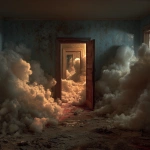Explore the Best AI Image Gallery
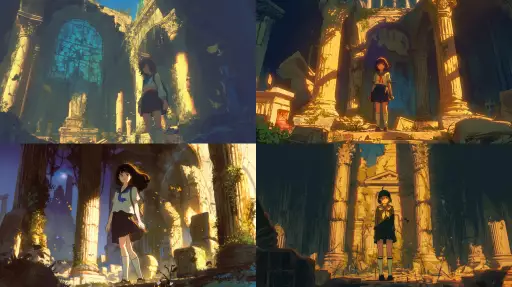
Painting with Pixels: AI-Generated Images and the Future of Art
The art world is undergoing a seismic shift. No longer confined to brushes, palettes, and canvases, creativity is now being wielded by algorithms. AI-generated images, once a futuristic concept, are rapidly becoming a tangible reality, blurring the lines between human and machine artistry and sparking fervent debate about the future of creative expression.
A New Creative Landscape
AI image generation tools, powered by sophisticated deep learning models like DALL-E 2, Midjourney, and Stable Diffusion, allow users to conjure breathtaking visuals from simple text prompts. Imagine describing a surreal landscape with floating islands and bioluminescent flora, or a portrait of a cyberpunk warrior adorned with intricate tattoos, and watching an AI translate your imagination into a captivating image.
This technology is democratizing art creation, empowering individuals without formal artistic training to explore their creative potential. Its opening doors for new forms of visual storytelling, enabling artists to experiment with innovative concepts and push the boundaries of traditional art forms.
Applications Beyond Canvas
The implications of AI-generated images extend far beyond fine art. Industries like advertising, design, and entertainment are embracing this technology to:
- Create captivating visuals for marketing campaigns: Imagine generating unique product mockups or eye-catching social media graphics instantly.
- Design immersive user experiences: AI can generate assets for video games, virtual reality environments, and augmented reality applications, enriching user engagement.
- Bring fictional worlds to life: From concept art for movies and books to generating visuals for interactive storytelling, AI can enhance creative productions.
Ethical Considerations: Navigating the Uncharted Waters
The rise of AI-generated art also raises important ethical questions that require careful consideration:
- Copyright and ownership: Who owns the copyright to AI-generated artwork? The creator of the prompt, the developer of the AI, or the AI itself?
- Bias and representation: AI models are trained on vast datasets, which can reflect existing societal biases. This raises concerns about the potential for AI-generated art to perpetuate harmful stereotypes.
- Impact on artists: Will AI replace human artists? While AI can be a powerful tool, its unlikely to fully supplant the human element of creativity and artistic expression.
The Future Canvas: Trends Shaping the Landscape
The field of AI-generated art is constantly evolving. Here are some trends shaping its future:
- Increased accessibility: More user-friendly AI tools will empower a wider range of individuals to create art.
- Personalized experiences: AI can generate art tailored to individual preferences and tastes.
- Immersive art forms: AI will play a role in creating interactive and multisensory art experiences.
- Ethical guidelines and regulations: As the technology matures, well see more discussions and frameworks addressing ethical concerns.
A New Era of Collaboration
AI-generated images are not meant to replace human artists but rather to augment their creative toolkit. Imagine a future where AI assists artists in refining concepts, generating variations, and overcoming technical challenges, allowing them to focus on the core aspects of their artistic vision.
This collaboration between human ingenuity and artificial intelligence has the potential to usher in a new golden age of creativity, where imagination knows no bounds.
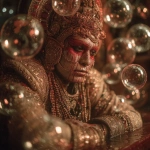
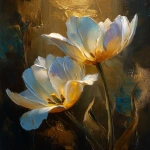

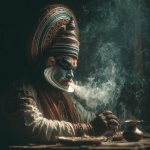
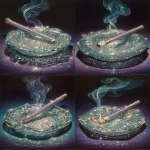
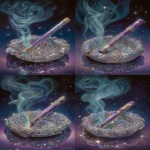
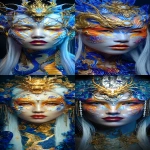
](https://images.ai-img.art/thumbnails/150/8d1fe5a7a49cfc96747182431a853357913286d89258383caab2d3b4681afcb5.webp)
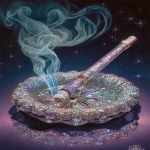

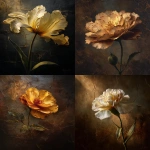
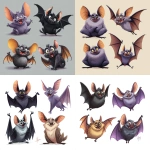

](https://images.ai-img.art/thumbnails/150/485c8b1c747827bdc9a962f8a1919b3c259b18dd263b260208a1eae19fb85e07.webp)
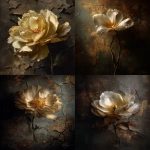
](https://images.ai-img.art/thumbnails/150/2fbd98ecfc425cfc1597779121e1c0305437067779e9c471eb64ff9615d5be98.webp)
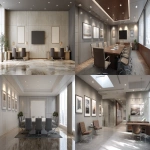
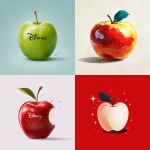
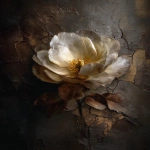
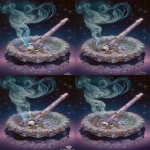
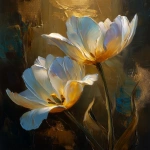

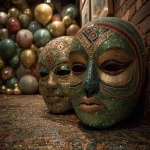

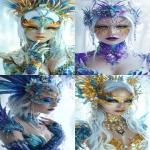
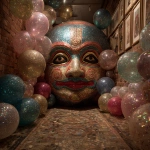
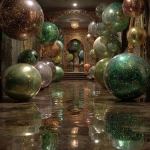
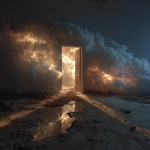
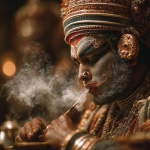
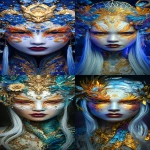

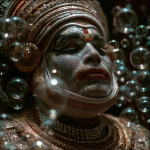
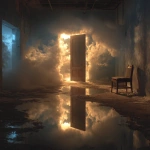

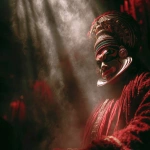
](https://images.ai-img.art/thumbnails/150/3020b8c2b6d9be07e042357107af1de10deb274a41d2b0f332684ad4b532a702.webp)
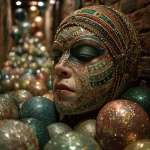
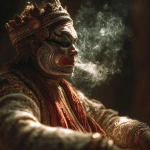
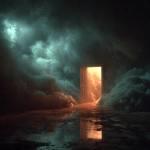
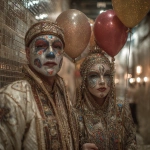
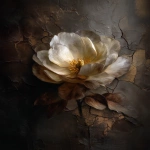
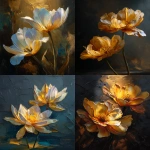

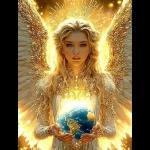
](https://images.ai-img.art/thumbnails/150/5197af8969d850e2a43e141d41e482ccbceedebceb2a4caf9f098f943f9d1b0f.webp)
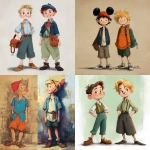
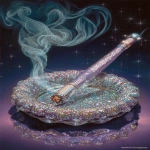
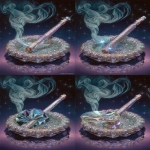
](https://images.ai-img.art/thumbnails/150/269414b0e541026702e9e67c67602c96162f37ff460a388b3b36314c8fc936dd.webp)
